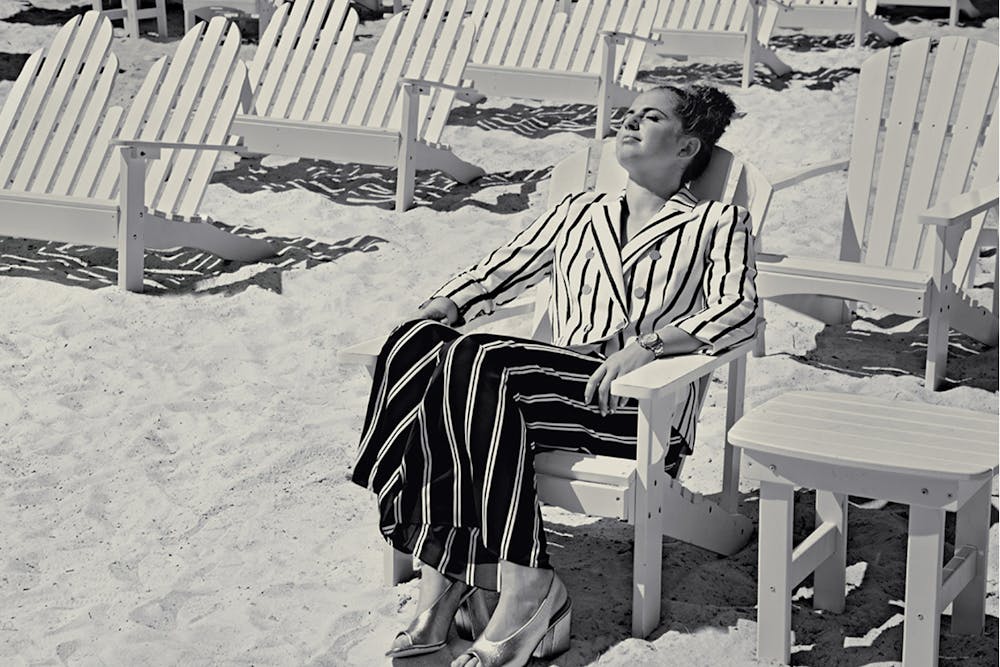Twelve months ago, Jelena Ostapenko arrived for her second Roland-Garros campaign without a single match win under her belt in Paris. Two weeks later, the 20-year-old had defeated Simona Halep in the final, proudly taking the trophy home to Latvia. Now the country is planning on showing off its bright new star of tennis.
Roland: Ostapenko's breakthrough revisited
Roland Magazine learns how Jelena Ostapenko's local tennis club reacted to her stunning comeback in last year's final.
 ©Greg Lotus pour "Roland"/FFT
©Greg Lotus pour "Roland"/FFTOn the outskirts of Riga, a large black building belonging to the ENRI Tennis Club has been named Halle Ostapenko (Ostapenko Hall). The building, which now houses three permanent new courts, rolled out the red carpet for its inauguration in November last year where the 20-year-old herself gave a speech. The hall is where she learnt to play the sport and where she continues to practise when not on tour.
ENRI Tennis Club’s head of communications, Anastasija, recalled the atmosphere at the “family reunion” gathering for last year’s Roland-Garros final at the club, where much of the attention turned to the barbecue after Ostapenko conceded the opening set to Halep.
When she stormed back to win the second set from 0-3 down, all talk and eating stopped with all eyes glued to the screen.
As Anabel Medina Garrigues, assistant coach to Ostapenko last year, noted, the subsequent victory was made all the more sweet due to its unexpected nature. This was a young athlete who very nearly became a professional dancer instead of a tennis player until she won the Petits As tournament in Tarbes, France, in 2011.
“We knew she had potential, but no one imagined that she would win such an important tournament so young,” Medina Garrigues said. “Like a lot of players from Eastern Europe, she knows how to handle pressure. It makes them even stronger.”
 ROLAND-GARROS
19 May - 8 June 2025
ROLAND-GARROS
19 May - 8 June 2025

